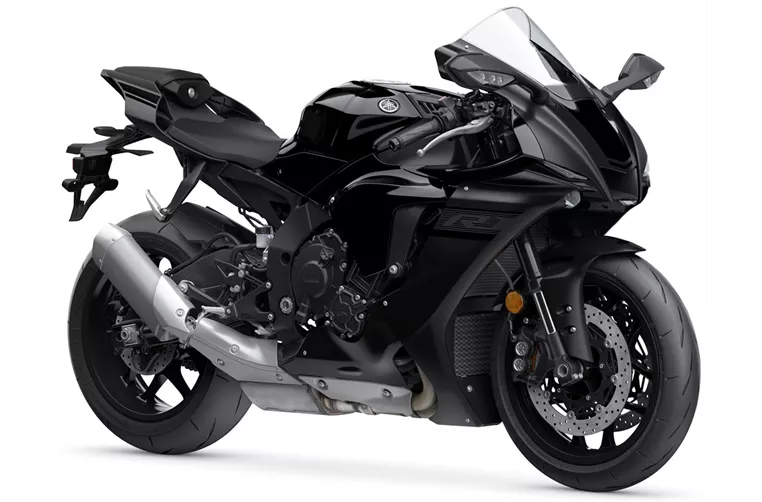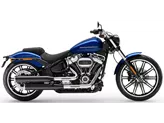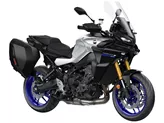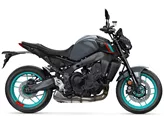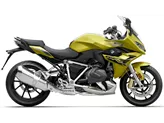Yamaha MT-09 2016 vs. Yamaha R1 2020

Yamaha MT-09 2016
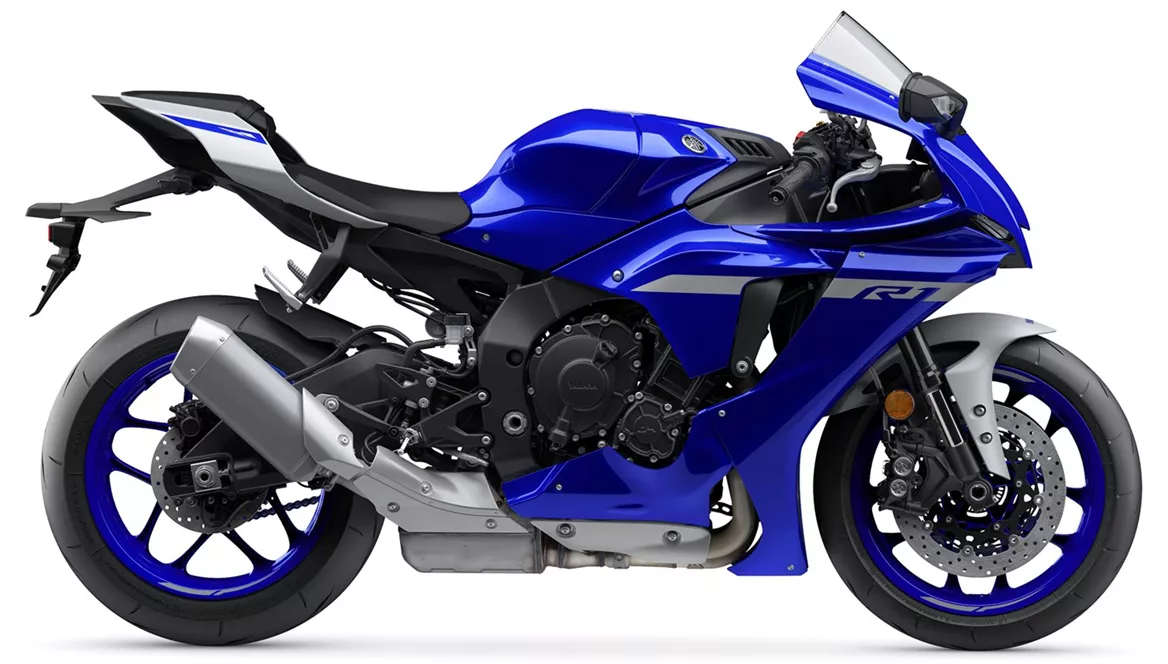
Yamaha R1 2020
Genel bakış - Yamaha MT-09 2016 vs Yamaha R1 2020
The Yamaha MT-09 2016 and the Yamaha R1 2020 are both impressive motorcycles, but they cater to different riding preferences and purposes.
Starting with the Yamaha MT-09 2016, it is a naked bike that boasts a powerful three-cylinder engine. With a bore of 78 mm and a stroke of 59.1 mm, it delivers 115 HP of engine power and 87.5 Nm of torque. The compression ratio stands at 11.5, and it features a DOHC valve system with four valves per cylinder. The displacement is 847 ccm. The front suspension consists of a telescopic fork, and the frame is made of aluminum. With double disk brakes at the front, it offers good stopping power. The front tire has a width of 120 mm and a diameter of 17 inches, while the rear tire measures 180 mm in width and 17 inches in diameter. The wheelbase is 1440 mm, and the seat height is 815 mm. With a weight of 191 kg (with ABS) and a fuel tank capacity of 14 liters, it is relatively lightweight and has a decent range.
The Yamaha MT-09 2016 has several strengths. Firstly, it features a wonderfully powerful three-cylinder powerplant, which provides a thrilling riding experience. Additionally, it offers three power modes, allowing riders to adjust the performance to their liking. The chassis is fully adjustable, ensuring optimal handling and comfort. The inclusion of a quickshifter as standard is a nice touch, enhancing the overall riding experience. The sporty upright seating position offers a good balance between comfort and control. The brakes are reliable, providing ample stopping power. Furthermore, the aggressive looks of the bike add to its appeal. Lastly, the presence of traction control enhances safety and stability while riding.

Yamaha MT-09 2016
However, the Yamaha MT-09 2016 does have a few weaknesses. Some riders may find the saddle to be a little too hard for long tours, which can lead to discomfort. Additionally, the license plate holder on the swingarm offers less splash protection compared to a conventional one, which may be a concern for riders in wet conditions.
Moving on to the Yamaha R1 2020, it is a supersport motorcycle designed for high-performance riding. It features a four-cylinder engine with a bore of 79 mm and a stroke of 50.9 mm. The engine power is an impressive 200 HP, with a torque of 112.4 Nm. The compression ratio is 13, and it also utilizes a DOHC valve system with four valves per cylinder. The displacement is 998 ccm. The front suspension consists of an upside-down telescopic fork, and the frame is made of aluminum. Like the MT-09, it has double disk brakes at the front. The front tire has a width of 120 mm and a diameter of 17 inches, while the rear tire measures 190 mm in width and 17 inches in diameter. The wheelbase is 1405 mm, and the seat height is 855 mm. With a weight of 199 kg (with ABS) and a fuel tank capacity of 17 liters, it is slightly heavier than the MT-09 but offers a larger fuel capacity.
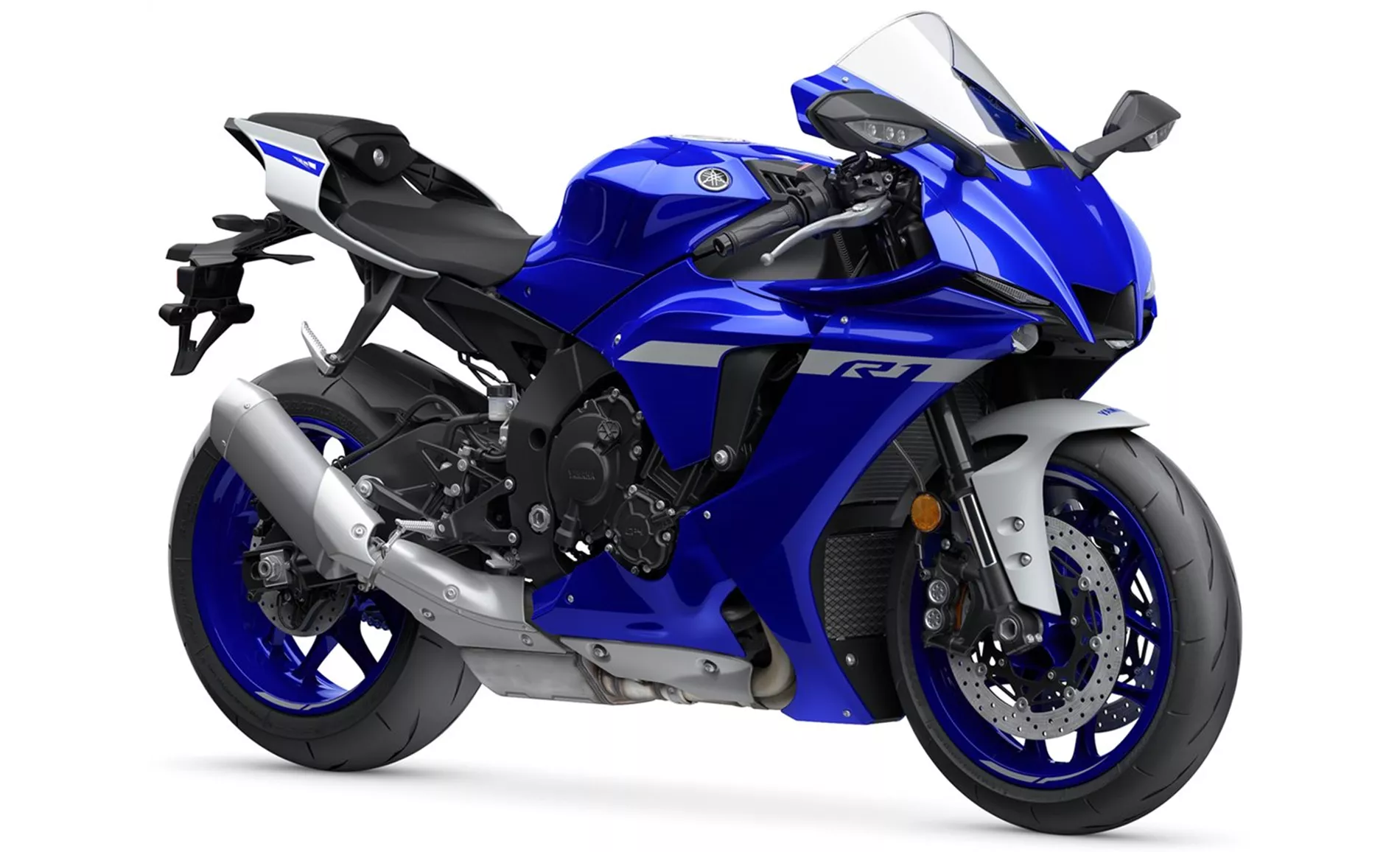
Yamaha R1 2020
The Yamaha R1 2020 has several strengths. Firstly, its powerful engine delivers exhilarating performance, with clean response and a great but not intrusive sound. The chassis is stable, allowing for confident and precise handling. The inclusion of high-quality electronics enhances the overall riding experience, providing advanced features and safety systems. The bike also exudes a wonderfully noble overall impression, with attention to detail and a premium feel.
However, the Yamaha R1 2020 does have one weakness. Some riders have reported that the brakes are not 100 percent satisfactory on the race track, which may be a concern for those who prioritize track performance.
In conclusion, the Yamaha MT-09 2016 and the Yamaha R1 2020 are both impressive motorcycles with their own unique strengths and weaknesses. The MT-09 offers a powerful three-cylinder engine, adjustable chassis, and sporty upright seating position, making it a versatile and enjoyable naked bike. On the other hand, the R1 boasts a powerful four-cylinder engine, stable chassis, and high-quality electronics, making it a top choice for riders seeking high-performance and advanced features. Ultimately, the choice between the two models depends on the rider's preferences and intended use.
Teknik Özellikler Yamaha MT-09 2016 ile karşılaştırıldığında Yamaha R1 2020
Karşılaştırıldığında Artıları ve eksileri
Karşılaştırıldığında Artıları ve eksileri
Yamaha MT-09 2016

Yamaha MT-09'un önümüzdeki sezon için yeniden icat edilmesine gerek yoktu - zaten neredeyse dört yil önce bu konuda son derece iyiydi. Japonlar bunun yerine ince ayar yapmaya ve çekis kontrolü ve otomatik vites degistirme gibi pratik, çagdas hileler eklemeye odaklandi. Euro4 standardi nedeniyle motor yönetimi bir kez daha degistirildi ve standart modda son derece güçlü ancak kolayca kontrol edilebilir bir güç dagitimi sunuyor; daha keskin A modu bile artik ilk neslin güç patlamasini sunmuyor. Ilk bakista fark edilebilen en büyük degisiklik, bence daha agresif ön ve yeniden tasarlanan arka kisim ile son derece basarili tasarim. Sonuç olarak, açikça motosiklet eglencesi için üretilmis daha da sik bir naked motosiklet.
Yamaha R1 2020
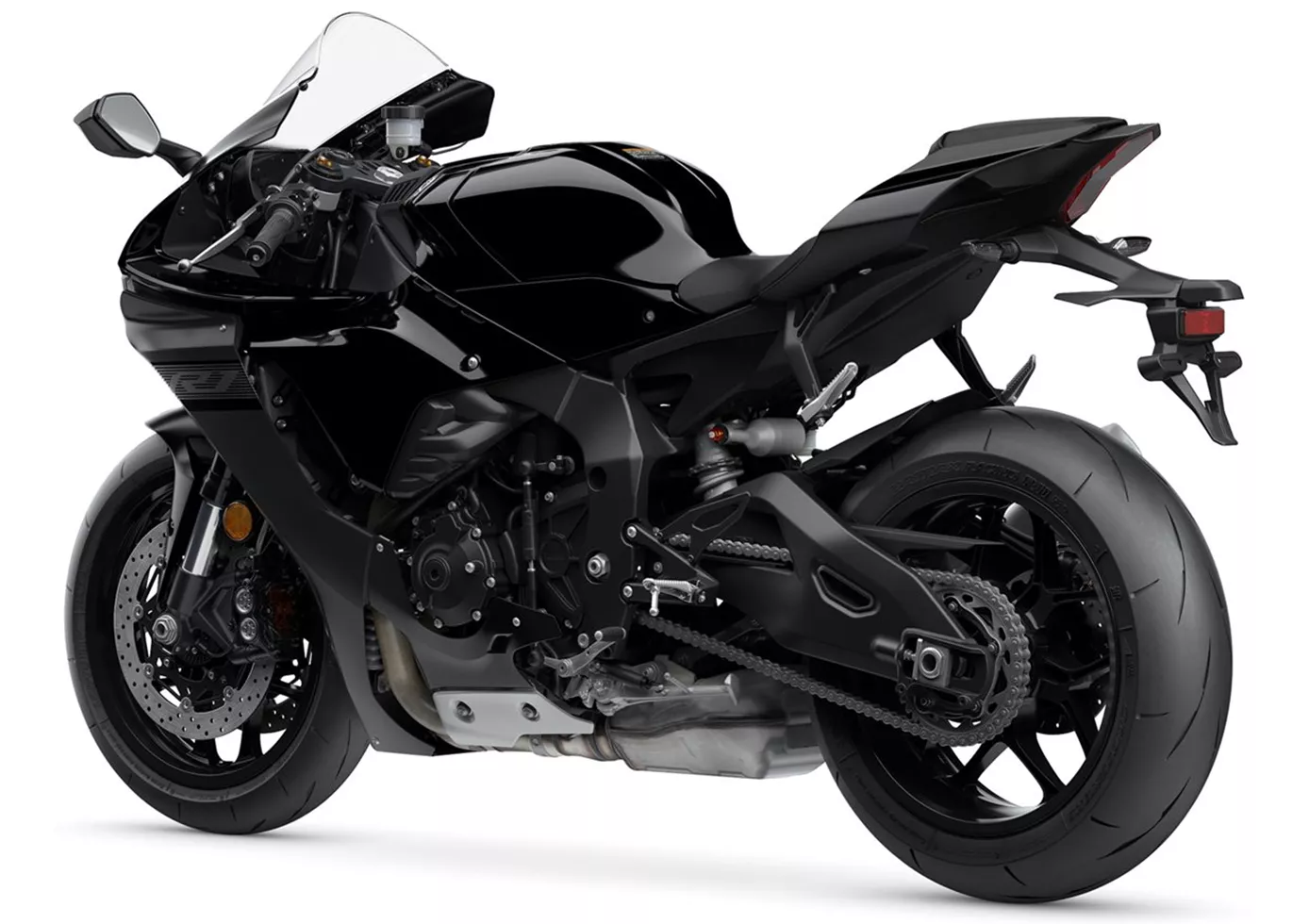
Yamaha YZF-R1 tamamen gelistirilmistir ve sayisiz yaris pisti sürücüsünü mutlu etmektedir. Motor hafifligi ve çevikligi ile parliyor, sürüs pozisyonu sasirtici derecede olumlu ve yol tutusu radikal ama yine de "kitleler için uygun". Motosiklet görsel olarak ve iç açici sesiyle hemen öne çikiyor. Motosiklet, bilindik güçlü yönleriyle özellikle köy yollarinda iyi puan aliyor: harika motor, harika elektronik, harika paket! Gerçek bir sürüs keyfi!
Fiyat Karşılaştırması Ortalama Piyasa Fiyatı Yamaha MT-09 vs Yamaha R1
There are a few key differences between a Yamaha MT-09 2016 and a Yamaha R1 2020. In terms of price, the actual average price of a Yamaha R1 2020 is about 182% higher. A Yamaha MT-09 2016 experiences a loss of 420 USD in one year of ownership. This is offset by a loss of 1,240 USD for a Yamaha R1 2020. Compared to Yamaha R1 2020 there are more Yamaha MT-09 2016 bikes available on the 1000PS.de Marketplace, specifically 11 compared to 9. It takes less time to sell a Yamaha R1 with 86 days compared to 87 days for the Yamaha MT-09. Since model year 2013 1000PS.de editors have written 57 reviews for the Yamaha MT-09 and 80 reviews for the Yamaha R1 since model year 2005. The first review for the Yamaha MT-09 was published on 6/10/2013 and now has more than 39,900 views. This compares to more than 3,900 views for the first review on Yamaha R1 published on 4/28/2003.

